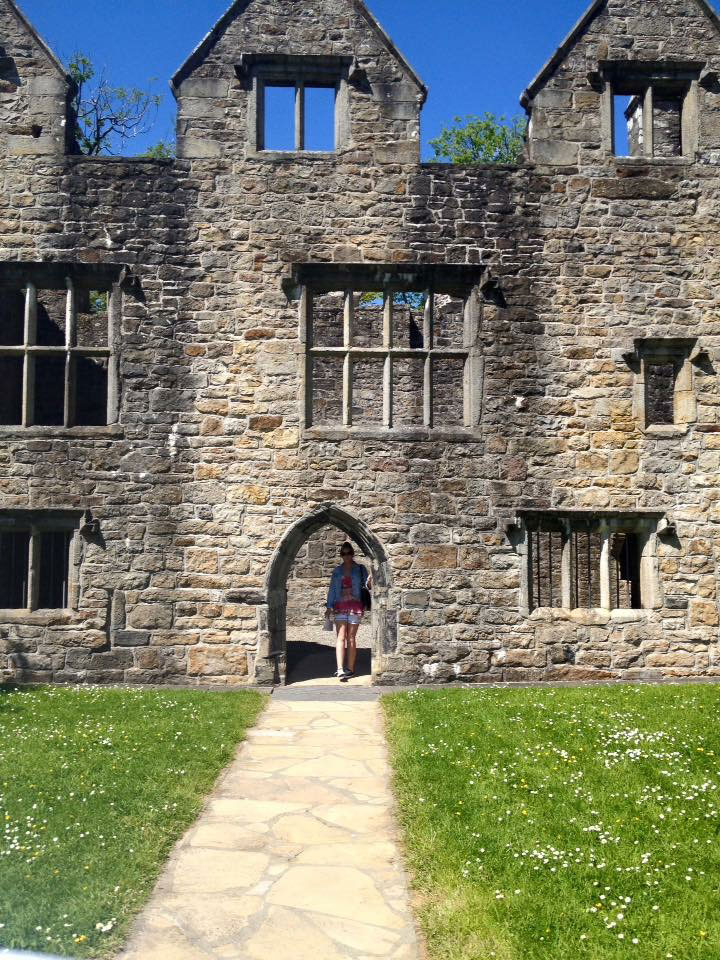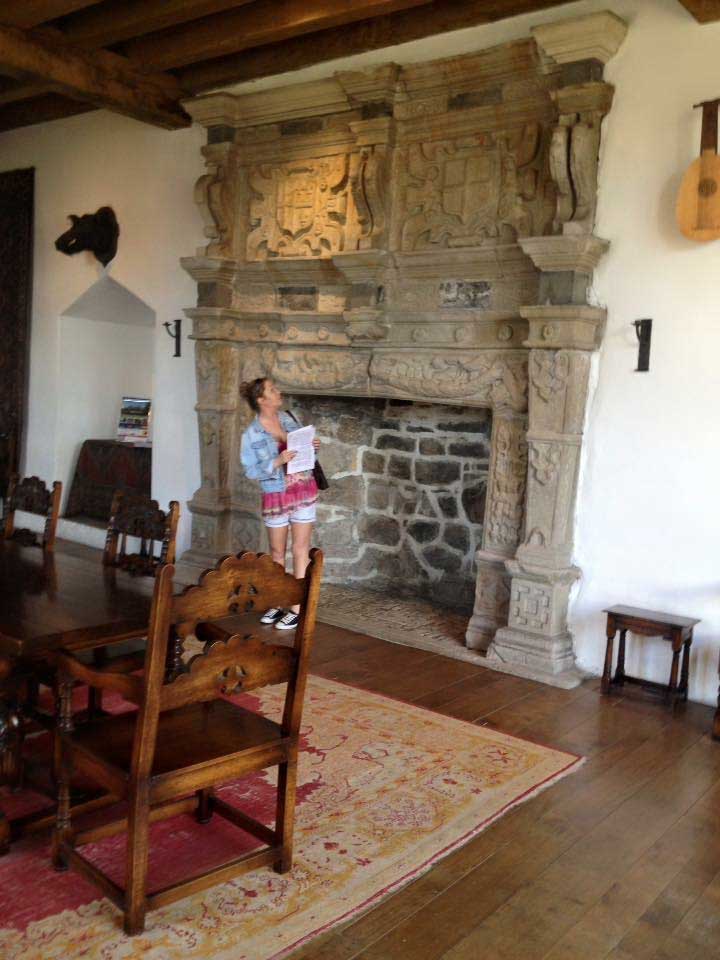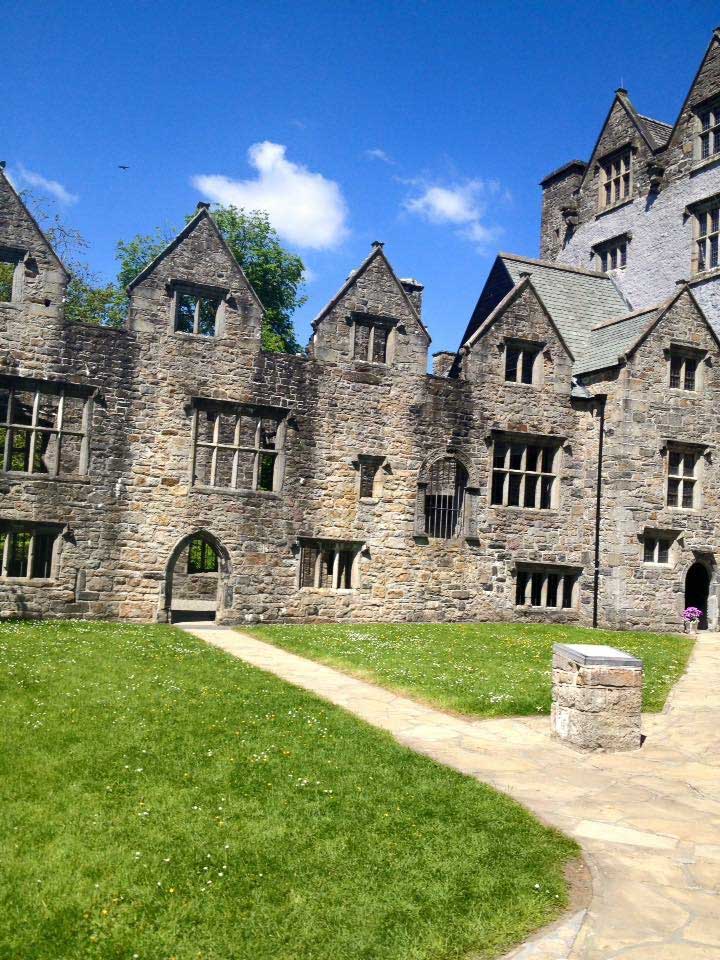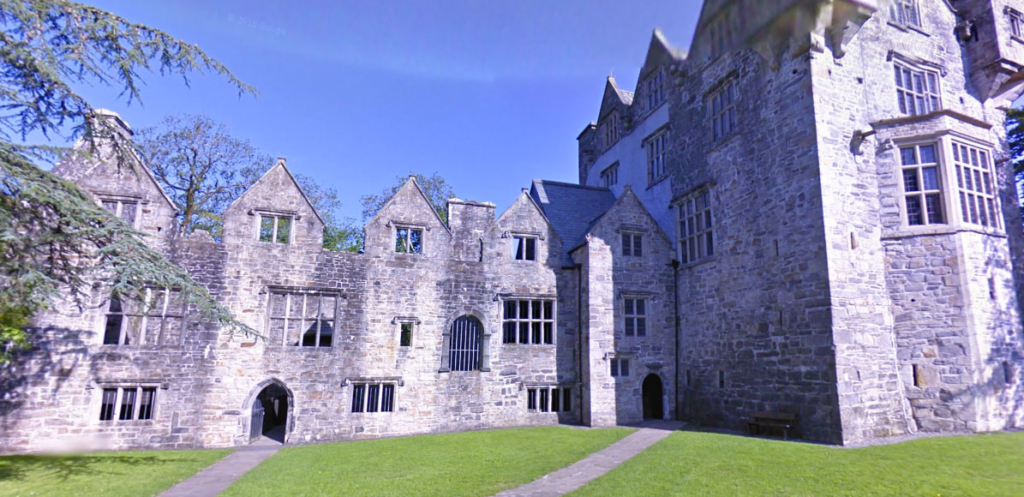Donegal Castle is a castle positioned right in the centre of Donegal Town in County Donegal. That’s right at the North West Part of the Republic of Ireland incase you’re wondering. The Castle was a ruin for centuries but was almost fully restored back in the 90s.
You can go on fantastic tours of the property and learn all about why it was built, who lived there and some amazing stories of the history between Clans in Ireland.
Common Question: Who built Donegal Castle and Who Lived there? Donegal Castle was built by the O’Donnell chieftain around the 15th Century. It was probably chosen because of it’s unique position beside the River Eske in Donegal Town. It’s now know for it’s Jacobean style architecture renovation by a new owner Sir Basil Brooke in the 16th Century. Huge O’Donnell decided to burn it instead of letting his enemies take it.
Opening Hours
Easter – Mid September – Daily 1000 – 1800
Mid-September – Easter – Thurs – Mon 0930 – 1630
Pricing
Adult: €4
Senior: €3
Child: €2
Student: €2
Family:€10
Tours
Guided Tours are available every hour.
Leaflet/Guide Booklet: English, Irish, French, German, Italian and Spanish.
The tour last for approximately 40minutes.
Last admission 45 minutes before closing.
Contact Information
Address: Donegal Town, Co. Donegal.
Telephone No: +353 74 972 2405
Email: donegalcastle@opw.ie
Facilities
Castle exhibition
Public Toilets.
Sinead’s thoughts
We were met by a friendly and chatty member of staff who cheerfully invited us to explore the wonder of Donegal Castle’s and it’s multiphase architecture. As you walk from the entrance into the Castle grounds you are transported back through time. The building clearly showing you it’s distinct building phases, the Jacobean Manor House a ruin of it former glory, the Tower House looms over head with forceful, dominating beauty, it strikes images of the mighty O’Donnell Clan and the Legends surrounding them, for me in particular, Red Hugh O’Donnell. As you travel into the grounds, the Keep which has been painstakingly restored using Medieval methods calls your name, the Great Lord’s of Tir Conaill somehow still present.

Moving up the stairs to the Great Hall I’m transported back to an age where this room would have been filled with feasting and laughter, the fireplace would have been blazing, this could have been exactly where Red Hugh would have sat, perhaps flanked by dogs warming themselves by the fire. Moving further up the building, I was struck by the views of the surrounding landscape, imagining what it would have been like without any modern buildings, you could see for miles, cementing in my mind it’s true purpose as a fortress.

I can not help but wonder at the pain the O’Donnell’s must have felt when they had to destroy their home, so as it could not be used against their own people, as they fled during the Flight of the Earls at the end of the brutal and bloody 9 Years War.
Bio/history of Donegal Castle
Donegal Castle has pride of place in the centre of Donegal town. Donegal County is situated on the wild North West coast of Ireland. Donegal Castle is a multiphase Castle dating from the 15th century. The majority of the stonework used in the construction of the castle was sourced locally and is mainly limestone.

The castle was famously the seat of power and main residence of the Clan O’Donnell, the Lords of Tir Conaill, arguably one of Ireland’s most powerful families, for an extensive period from the 5th century to the 16th century.
Donegal in Irish is Dun Na NGail, which translates into Fort of the Foreigners perhaps referring to the presence at one time of a Viking stronghold in the area that was destroyed in the 12th century.
The Castle was commissioned by the older Hugh O’Donnell, the Chieftain of the Clan O’Donnell in 1174, along with a Franciscan Monastery in the locality. It was to be one of Irelands most amazing Castles. During the Flight of the Earls after the end of the 9 years’ war the O’Donnell Clan were forced to leave Ireland, so as the Castle could not be used against the remaining Irish Clans, the O’Donnell’s destroyed much of the Castle particularly the Keep.
Basil Brooke was granted the Castle and its lands; he quickly restored the battered and bruised structure adding many modem features in the Jacobean style, such as a large Manor House wing that was attached to the Gaelic Keep and windows. After passing through generations of the Brooke family, by the 18th century is was little more than a sad and unhappy ruin. In 1899 the Earl of Aran donated the remains of the Castle to the Irish Office of Public Works. The Castle has now been restored to its former glory, painstakingly using Medical methods and local materials.

